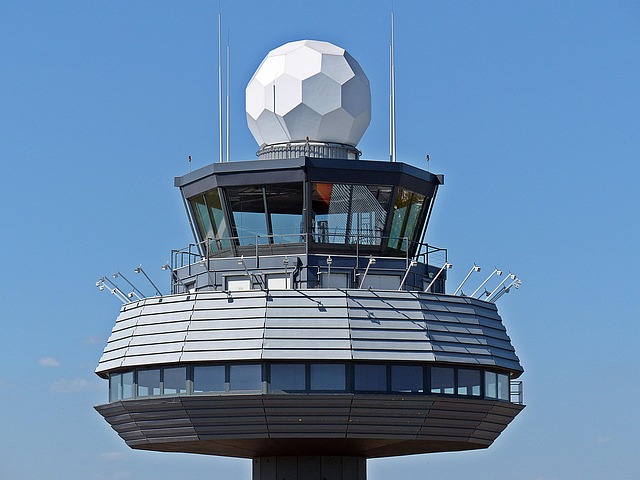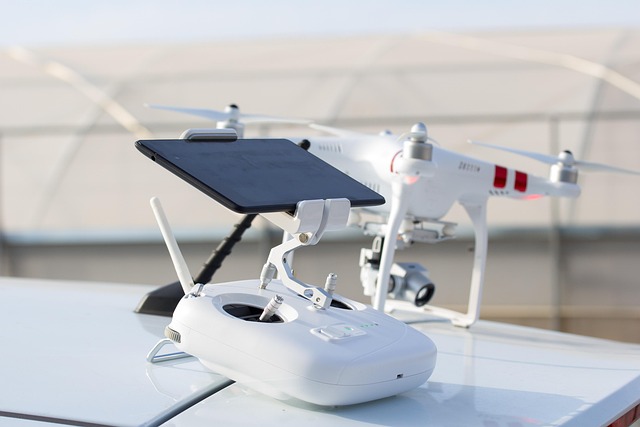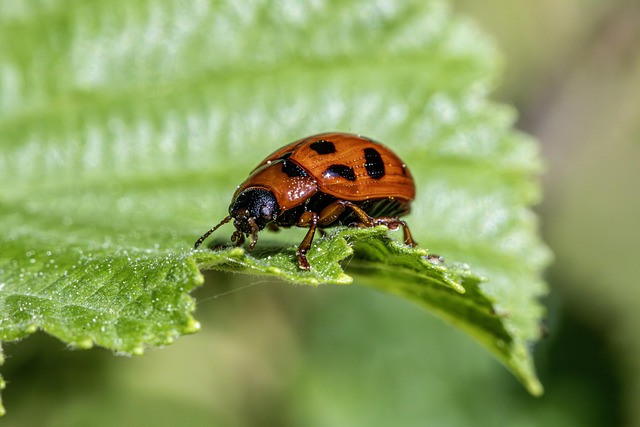Identifying animal tracks in your Centennial yard allows you to understand local wildlife behavior and protect your property through tailored proofing strategies. Experts use specialized tools and techniques to uncover evidence of common pests like raccoons, skunks, or squirrels, pinpointing entry points for effective exclusion. Regular cleaning, sealing, and combining visual deterrents with scent repellents creates a multi-layered defense against unwanted visitors.
“Discover how to transform your Centennial yard from a wildlife playground into a human-friendly space with our comprehensive guide. Learn the art of identifying animal tracks, understanding their behavior, and employing effective wildlife proofing techniques. This step-by-step approach equips you with the knowledge to conduct thorough inspections, recognizing common signs of disturbance. By mastering these skills, you’ll gain control over your outdoor sanctuary, ensuring a safe and peaceful environment for both your family and local fauna.”
- Understanding Animal Tracks in Your Yard
- Tools and Techniques for Inspection
- Effective Wildlife Proofing Strategies
Understanding Animal Tracks in Your Yard

Identifying animal tracks in your Centennial yard is a fascinating way to connect with the local wildlife ecosystem. With a keen eye, you can spot various prints left behind by creatures big and small. Start by learning the unique patterns of common animals in your area; this knowledge will enable you to differentiate between species based on their distinct footprints. For instance, the tracks of a squirrel often resemble tiny human handprints due to its four slender toes, while a rabbit’s print is typically larger with longer hind feet.
Regularly scanning your yard for these signs of wildlife activity can provide valuable insights into the types of animals frequenting your space. Additionally, paying attention to track characteristics like size, shape, and spacing helps in understanding the behavior and habits of these creatures. This information is crucial when conducting wildlife proofing inspections, as it allows you to implement tailored solutions to deter unwanted visitors while ensuring the well-being of both your property and the local fauna.
Tools and Techniques for Inspection

When conducting wildlife proofing inspections, a keen eye for detail is essential. Professional inspectors utilize various tools and techniques to ensure comprehensive coverage. One fundamental skill is identifying animal tracks, which can provide crucial insights into the presence and activity of wildlife in your Centennial yard. By learning to recognize distinct paw prints, you can gather evidence of common invaders like raccoons, skunks, or even squirrels.
Inspectors often employ a range of equipment such as flashlights for low-light visibility, binoculars for scanning hard-to-reach areas, and specialized brushes to dust tracks for clearer identification. Additionally, using scent detection tools can help uncover hidden animal paths, as many creatures leave behind distinct odors. These methods enable experts to locate and document entries points, identify frequent visitors, and propose effective exclusion strategies tailored to your specific situation.
Effective Wildlife Proofing Strategies

Effective wildlife proofing begins with identifying animal tracks and signs in your Centennial yard. By understanding which creatures are frequenting your property, you can tailor specific strategies to keep them at bay. For instance, if you’ve noticed squirrel burrows or gnawed tree trunks, install sturdy fences and cover trees with protective netting.
For areas more prone to animal intrusion, such as attics or crawl spaces, consider adding physical barriers like one-way exclusion devices. These allow animals to enter but prevent them from escaping. Additionally, regular cleaning and sealing entry points deter wildlife from returning. Always remember that a multi-layered approach—combining visual deterrents, scent repellents, and structural changes—tends to be the most effective in keeping your Centennial yard free from unwanted visitors.
When it comes to wildlife control and proofing your Centennial yard, understanding animal tracks is a crucial first step. By familiarizing yourself with local fauna through tools like track guides, you can effectively identify visitors both welcome and unwelcome. Armed with this knowledge, employing techniques such as habitat modification and exclusionary devices becomes more strategic. Implementing robust wildlife proofing strategies not only protects your property but also ensures the safety and well-being of these creatures, fostering a harmonious coexistence in your Centennial yard.
